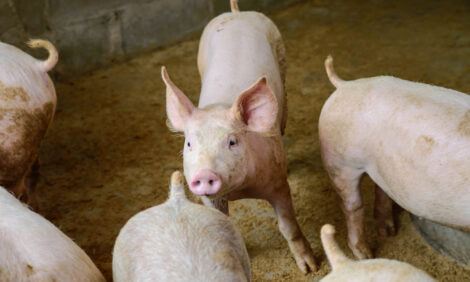



Key to Moving from Conventional to Group Housing
CANADA - A researcher with the University of Manitoba suggests an education component will be key to the success of any plan to move from conventional to group housing of sows, Bruce Cochrane writes.The University of Manitoba is involved in two group housing studies, one in which factors to be considered when switching to group housing are being defined and characterized and one in which the factors associated with lameness in sows are being evaluated.
"This Little Piggy Stayed Home: Factors affecting success of sow group housing" will be discussed this afternoon as part of the University of Manitoba Faculty of Agricultural and Food Sciences Seminar Series for 2011-2012.
Dr Laurie Connor, the head of the University of Manitoba's Department of Animal Science, observes every housing system has pros and cons and a lot of that goes back to the human-animal interaction.
Dr Laurie Connor-University of Manitoba
When you have people that are very good animal caretakers, they can often make systems that you might think don't work well work very well but it's certainly seen that the key advantages to the group system is that it's a more natural-like environment for the pig, which a social animal, to have them be able to interact with other sows, for them to be able to move around and exercise.
The ability of the sow to be able to move around, to maintain muscle and bone strength and integrity is considered import in terms of their long-term welfare and also for them to express more of their normal behaviors in terms of foraging or investigatory type of behavior.
Dr Connor points out, for many in the industry, working within a stall system is what they know, so any transition program also has to include an education component.
Further Reading
|
| - | Go to our previous news item on this story by clicking here. |








